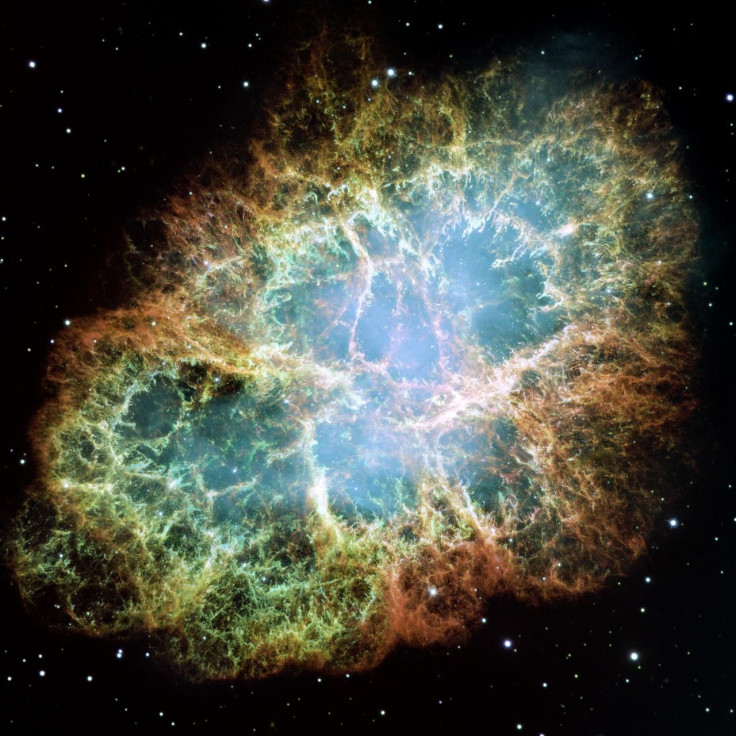Earth Just Got Hit By Highest Energy Gamma Rays Ever Recorded

A team of researchers reported that Earth recently got hit by the highest level of gamma rays ever recorded. According to their findings, the gamma particles originated from a supernova remnant known as the Crab Nebula.
The Crab Nebula is located within the region of the Milky Way galaxy known as the Persues Arm, which is about 6,500 light-years from Earth. Around 7,500 years ago, a huge explosion happened in this region and left a huge cloud of dust and gas, which then became known as Crab Nebula. Sitting at the center of this cloud is a powerful neutron star.
Earlier this week, this neutron star at the heart of the Crab Nebula flung high-energy gamma rays towards Earth. The particles from these rays were detected by Tibet Air Shower Array. This observatory is composed of underground pools that were specifically designed to detect cosmic particles that enter Earth.
A study regarding the findings of the observatory, which was conducted by Japanese and Chinese researchers, was published on July 29 in Physical Review Letters.
According to the observatory’s readings, the gamma rays that hit Earth reached levels of over 100 trillion electron volts. To put this figure into perspective, the Large Hadron Collider located underneath the Swiss-French border smashes protons together at a maximum rate of 14 trillion electron volts.
Despite being the highest ever recorded, the researchers noted that the gamma rays that recently hit Earth are not dangerous. Shortly after reaching Earth, they collided with particles in the planet’s atmosphere. This caused them to break down into smaller subatomic particles.
As these subatomic particles rained down on Earth, they were detected by the Tibet Air Shower Array. Through further analysis, the observatory was able to pinpoint the origin of the particles to the Crab Nebula.
Aside from the observatory in Tibet, the incredible event was also detected by a different facility in Mexico. Using the High Altitude Water Cherenkov Gamma-Ray Observatory, a different team of researchers collected readings of gamma rays exceeding 100 trillion electron volts. The findings of their study were published in the online database Arxiv.
© Copyright IBTimes 2024. All rights reserved.





















